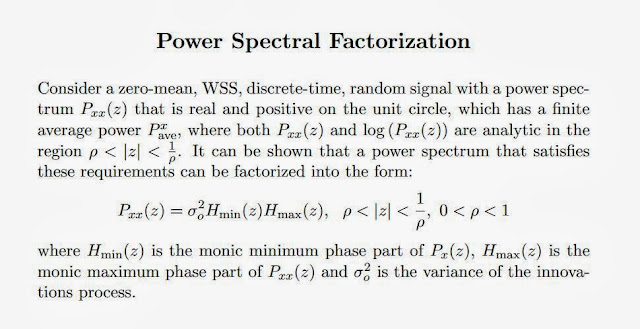Unit I
Part - A
Part - A
2. Differentiate coherent and non-coherent receivers.
3. Define Rayleigh channel.
4. What is meant by Rician channel?
5. What is the minimum distance decoding for an optimum waveform receiver?
6. Define MFMSK.
7. Write the expression for bit error rate for coherent binary FSK.
8. What is the error probability of MSK?
9. Define Optimum M-FSK receiver.
10. Define Sub-optimum M-FSK receiver.
11. Define Matched filter.
12. Draw the structure of the M-ary waveform receiver.
13. Define Error probability.
14. How the Orthogonal signals are characterized?
15. Define Transorthogonal signals.
Part – B
2.Discuss about the different types of IQ modulation.
3.Explain: MFSK receivers.
4.Explain: i) Rayleigh channel.
ii) Rician channel.
5. Explain in detail about DPSK coherent receivers.
6. Explain in detail about M-PSK coherent receivers.
7. Explain in detail about M-DPSK coherent receivers.
8. What is a matched filter? Discuss the properties of it.
9. Discuss about the IQ demodulation.
10. i) Discuss the effect of imperfection of bit and carrier synchronization of IQ modulation for
complex signal.
ii) Define MFMSK.






![\mathbf{R}_x = E[\mathbf{xx}^H] = \begin{bmatrix}
R_{xx}(0) & R^*_{xx}(1) & R^*_{xx}(2) & \cdots & R^*_{xx}(N-1) \\
R_{xx}(1) & R_{xx}(0) & R^*_{xx}(1) & \cdots & R^*_{xx}(N-2) \\
R_{xx}(2) & R_{xx}(1) & R_{xx}(0) & \cdots & R^*_{xx}(N-3) \\
\vdots & \vdots & \vdots & \ddots & \vdots \\
R_{xx}(N-1) & R_{xx}(N-2) & R_{xx}(N-3) & \cdots & R_{xx}(0) \\
\end{bmatrix}](http://upload.wikimedia.org/math/6/9/8/698a6881df8baf8fa22ab6b6173b18a4.png)
![\Sigma
= \begin{bmatrix}
\mathrm{E}[(X_1 - \mu_1)(X_1 - \mu_1)] & \mathrm{E}[(X_1 - \mu_1)(X_2 - \mu_2)] & \cdots & \mathrm{E}[(X_1 - \mu_1)(X_n - \mu_n)] \\ \\
\mathrm{E}[(X_2 - \mu_2)(X_1 - \mu_1)] & \mathrm{E}[(X_2 - \mu_2)(X_2 - \mu_2)] & \cdots & \mathrm{E}[(X_2 - \mu_2)(X_n - \mu_n)] \\ \\
\vdots & \vdots & \ddots & \vdots \\ \\
\mathrm{E}[(X_n - \mu_n)(X_1 - \mu_1)] & \mathrm{E}[(X_n - \mu_n)(X_2 - \mu_2)] & \cdots & \mathrm{E}[(X_n - \mu_n)(X_n - \mu_n)]
\end{bmatrix}.](http://upload.wikimedia.org/math/5/8/5/58572fa5b05e778f5a5eff9ec1b3ddb6.png)